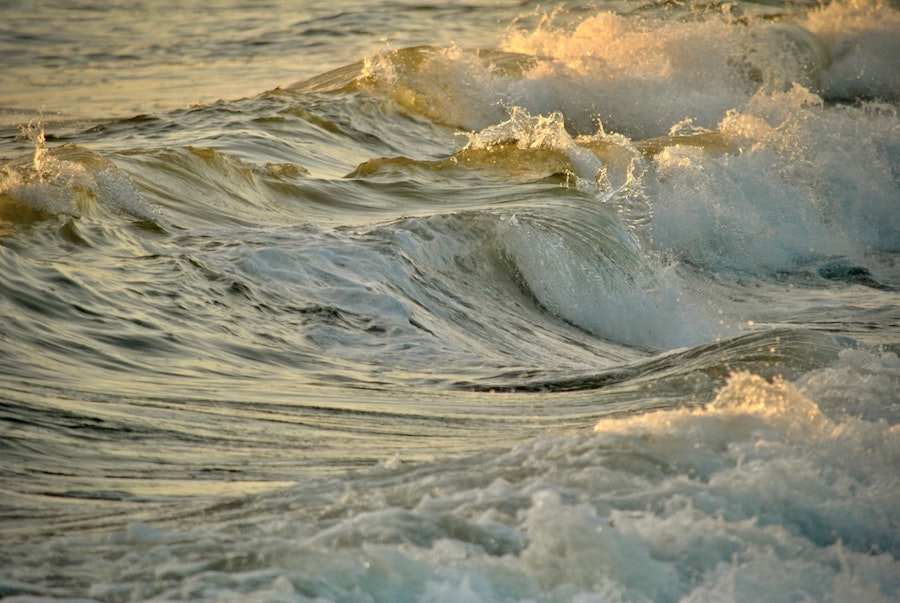Monaco has removed the last fuel oil boiler from its public buildings, making way for the water-powered technology that the Principality pioneered more than 50 years ago.
As part of the Energy Transition policy of the Prince’s Government, the Service and Maintenance of Public Buildings, in collaboration with SeaWergie, has carried out the dismantling of its last thermal installation using fossil fuels – the fuel oil boilers of the Administrative Centre, located at 8 rue Louis Notari.
By the third quarter of 2021, the new source of energy for the Administrative Centre will be ocean thermal energy, which is already in wide use throughout the Principality. The heat pump technology captures the energy naturally present in the environment, particularly in seawater, and uses it to heat or cool buildings and to produce hot water.
The Administrative Centre will be equipped with two heat pumps connected to the ocean thermal energy loop located in la Condamine, which will reduce CO2 emissions on this site alone by nearly six tons per year.
It is an important milestone in Monaco’s Energy Transition, utilising technology that the Principality pioneered close to 60 years ago.
Monaco was one of the first countries in the world to develop the use of this type of energy along its coastline. The Principality installed its first seawater heat pump in 1963 at the Rainier III Outdoor Swimming Stadium to heat the pool water.
The country now has more than 80 pumps in operation, including those at the Grimaldi Forum, the Oceanographic Museum, the Rainier III Auditorium, various SBM buildings, and Le Winch – the first private development to be connected to La Condamine’s seawater heat pump.
Symbolic milestone in Monaco’s journey to 100% clean energy
